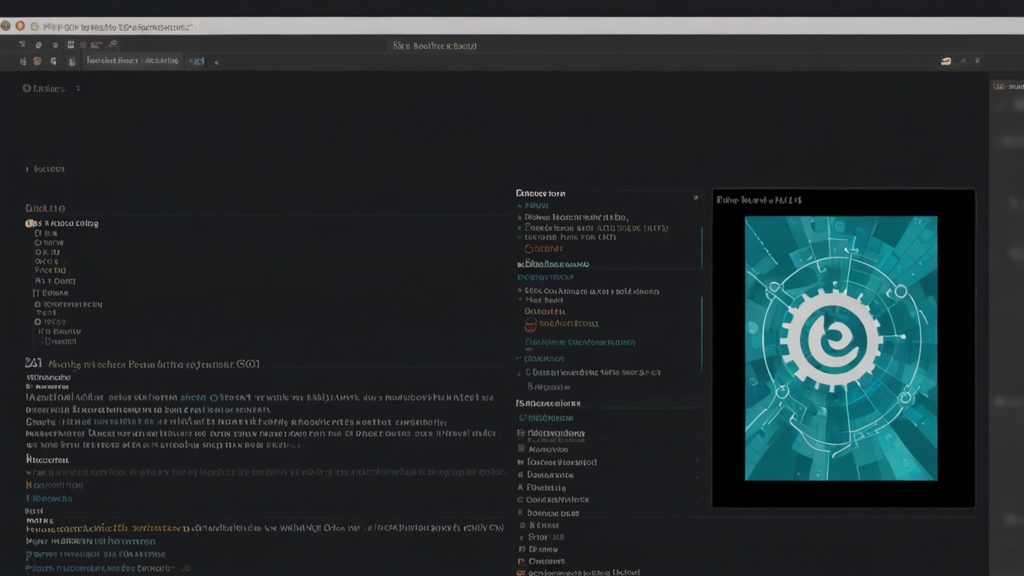Back-End Development: The Key to Building Scalable Applications
In the realm of software development, scalability is not just a feature—it's a necessity. For any application hoping to serve a larger audience or handle increased data loads, a meticulously planned architecture is crucial. While front-end development gets a lot of attention for creating engaging user interfaces, it is back-end development that forms the backbone of scalable applications.
What is Back-End Development?
Back-end development focuses on the server-side aspects of web applications. It involves building and maintaining the core functional logic, databases, and application integration. This tier of development is responsible for ensuring that data flows efficiently between the front end and the server, allowing for a seamless user experience.
The Role of Back-End Development in Scalability
Scalability concerns the ability of an application to perform well under increasing load. To achieve this, a combination of strategies in back-end development is essential. These strategies include:
Database Optimization
Efficient database management is crucial for an application's scalability. Indexing, query optimization, and the use of proper data schemas can drastically improve performance. Databases like PostgreSQL and MongoDB offer robust solutions for managing large data sets efficiently.
Data indexing is often the unsung hero of database optimization. Proper indexing not only speeds up query responses but also reduces the computational load on the server, making your application more resilient to traffic spikes.
Load Balancing
Load balancing distributes incoming network traffic across multiple servers. This not only ensures that no single server becomes a bottleneck but also enhances fault tolerance. Implementing load balancers can significantly boost an application's capacity to handle simultaneous users.
API and Microservices
Using APIs and breaking the application into microservices can provide modular functionality. This architecture allows different parts of the application to scale independently, improving resilience and flexibility. The microservices approach is widely adopted by enterprises like Amazon and Netflix, known for their highly scalable platforms.
"Decoupling services through microservices architecture allows teams to iterate faster and scale components independently, thus building a more robust and scalable application."
Caching Strategies
Caching temporarily stores frequently accessed data in a high-speed data store, reducing the load on the database. Technologies like Redis and Memcached are commonly used to optimize read-heavy operations. Implementing effective caching strategies can provide instant performance boosts, making your application more responsive.
Security Considerations
Security concerns often grow alongside the scalability of an application. Implementing robust security measures, such as token-based authentication and encrypted communications, ensures that increased traffic does not compromise the application's integrity. This is particularly important for applications handling sensitive user data.
"Security should never be an afterthought, especially when scaling an application. A single vulnerability can have amplified consequences affecting a larger user base."
Future Trends in Scalable Back-End Development
The landscape of back-end development is continually evolving. Emerging technologies like serverless computing and edge computing offer new paradigms for building scalable applications. These technologies offload computational work from central servers, distributing it closer to the end-users, thus reducing latency and improving performance.
Conclusion
In conclusion, back-end development is indispensable for building scalable applications. From database optimization to load balancing, caching strategies, and the adoption of microservices architecture, a well-planned back-end ensures that your application can scale to meet growing demands efficiently. As technology continues to advance, staying abreast of the latest trends will further enhance the capacity to build robust, scalable applications.
Ultimately, it's the back-end that ensures the application performs reliably under pressure, paving the way for growth and success.











